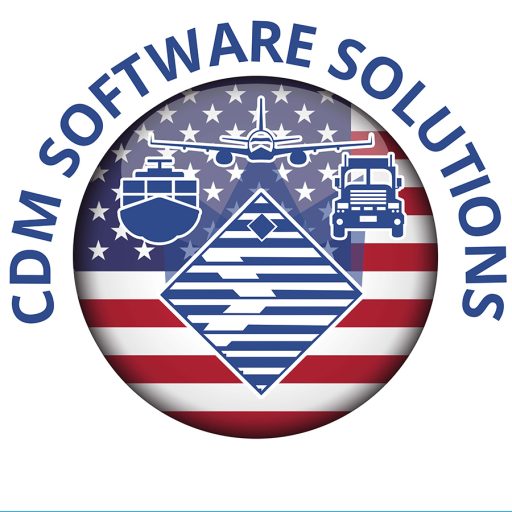Expanding into international markets presents lucrative opportunities for businesses, but it also comes with a unique set of challenges. When exporting goods or services outside the United States, entrepreneurs and companies must be prepared to navigate various procedural, cultural, and regulatory differences. Here are five common differences exporters may encounter:
1. Procedural Variances in Documentation:
Exporting goods from the United States often involves a specific set of documentation, including commercial invoices, packing lists, and certificates of origin. However, procedural requirements may differ significantly from country to country. Some nations may have additional documentation requirements, such as import licenses or certificates of conformity, while others may require specific forms or formats for customs clearance. Familiarizing yourself with the documentation procedures of the target country is essential to ensure smooth export operations and avoid delays at customs checkpoints.
2. Cultural Differences in Business Practices:
Cultural nuances play a significant role in international business transactions. When exporting to foreign markets, it’s crucial to understand and respect cultural differences in business practices. For example, in some countries, business negotiations may be preceded by extensive relationship-building activities, while in others, negotiations may be more direct and transactional. Additionally, gestures, body language, and communication styles may vary, requiring exporters to adapt their approach accordingly. Building cultural competence and sensitivity is key to fostering successful business relationships and navigating diverse cultural landscapes.
3. Regulatory Variances in Trade Compliance:
Navigating regulatory compliance is a critical aspect of exporting, but regulations can vary widely from one country to another. Exporters must be aware of regulatory differences related to product standards, labeling requirements, and import/export restrictions. For instance, certain countries may have stringent regulations governing product safety, environmental impact, or packaging materials. Failure to comply with regulatory requirements can result in costly fines, shipment delays, or even the rejection of goods at customs. Conducting thorough research and seeking guidance from legal experts or trade consultants can help ensure compliance with local regulations.
4. Differences in Tariffs and Duties:
Tariffs and duties imposed on imported goods can significantly impact the cost-effectiveness of exporting to a particular market. Each country has its tariff schedule, which outlines the rates applied to various categories of goods. Exporters must be aware of tariff classifications, preferential trade agreements, and duty-free quotas that may affect their products’ competitiveness. Moreover, some countries may impose additional taxes or surcharges on certain imports, further complicating pricing strategies. Analyzing tariff structures and understanding trade agreements can help exporters optimize pricing and maximize profitability in foreign markets.
5. Varied Payment Practices and Financial Risks:
International trade involves complex payment processes and financial risks that exporters must navigate. Payment practices, such as letters of credit, bank guarantees, or open account terms, may vary depending on the country and trading partners involved. Moreover, currency exchange rates, political instability, and economic uncertainties can pose significant financial risks for exporters. Implementing risk mitigation strategies, such as credit insurance or hedging instruments, can help protect against payment defaults or currency fluctuations. Additionally, establishing clear payment terms and conducting due diligence on trading partners are essential steps to minimize financial risks in international transactions.
In conclusion, exporting goods or services outside the United States requires exporters to navigate a myriad of procedural, cultural, and regulatory differences. By understanding and addressing these challenges proactively, businesses can enhance their competitiveness, expand their global reach, and capitalize on the opportunities offered by international markets. Building cross-cultural competence, staying informed about regulatory requirements, and implementing risk management strategies are essential steps to successful exporting in today’s global economy.

